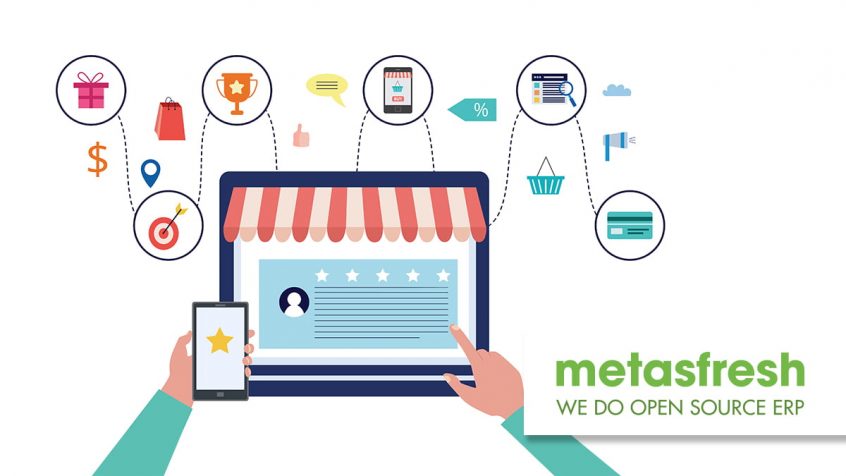Share this Post
Once upon a time in the not too distant past, when someone needed a product, they would head to their local store. Inside, a salesperson would greet the shopper, ask a few questions to understand what they need, and then make a recommendation.
This is guided selling — put simply, the process through which sales reps help customers decide what they want and then find the product in-store. When done well, the customer receives a friendly, helpful and valuable experience that translates into loyalty, more future store visits and repeat purchases.
Today, however, going to physical stores is by no means the only way to shop. Ecommerce is on the rise — and, due in no small part to the coronavirus pandemic, it’s accelerating fast.
Yet, customers still want those same friendly, helpful and valuable experiences when shopping online to help them decide what they want and how to buy it. In other words, guided selling remains crucial to online shoppers — and, as such, provides significant opportunity for ecommerce retailers to compete on customer experience.
Customer Experience: The New Competitive Battlefield
Make no mistake about it — customer experience is one of, if not the most important brand differentiator in today’s world. Why? Because customers crave outstanding experiences and will pay more for them. In fact, 86% of buyers are willing to pay more for a great customer experience.
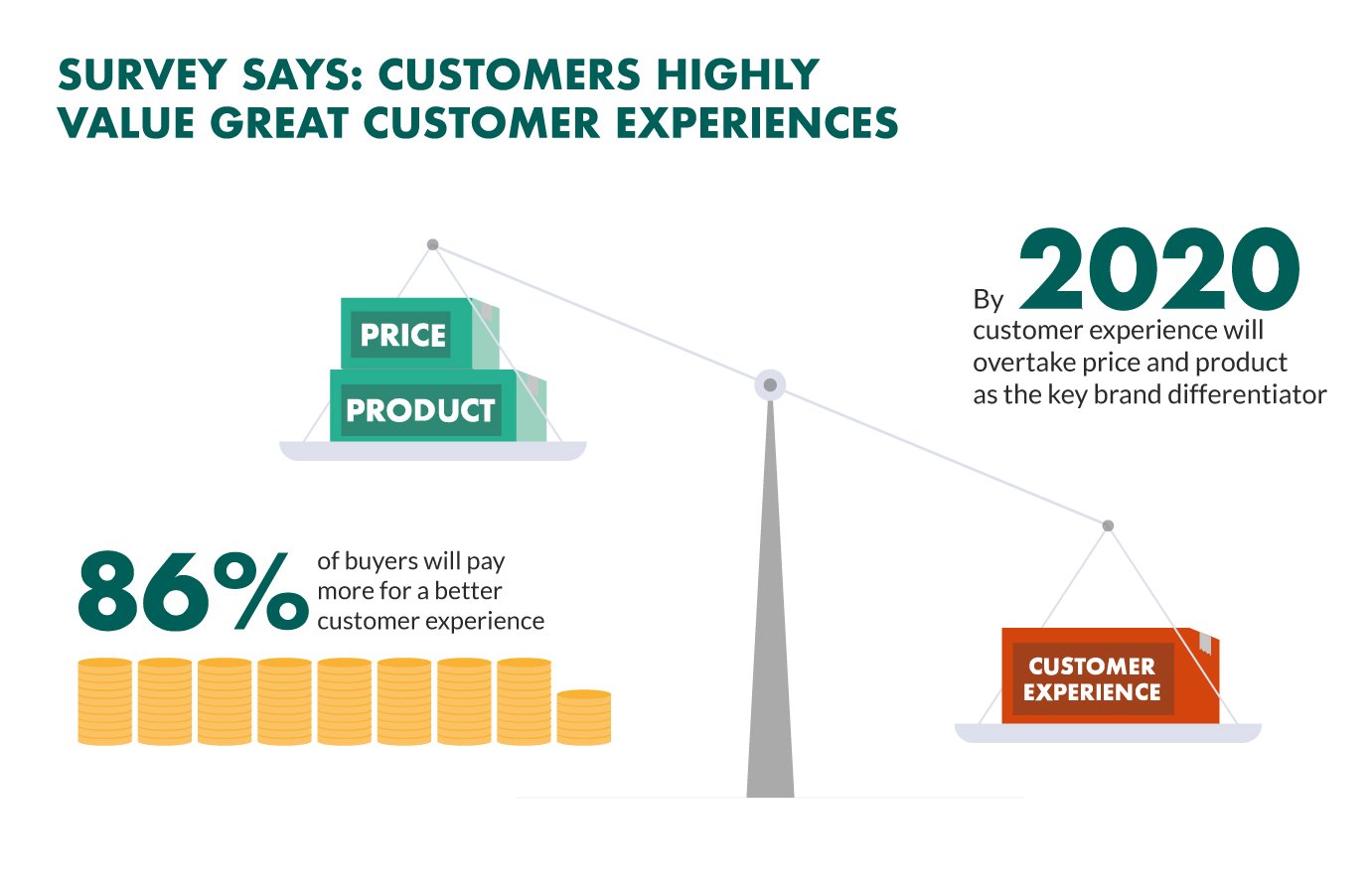
CX will overtake price and product as the key brand differentiator. —Source: superoffice.com
As such, according to a recent SuperOffice survey of nearly 2,000 business professionals, customer experience is emerging as the number one business priority for the next five years — more important than product and pricing.
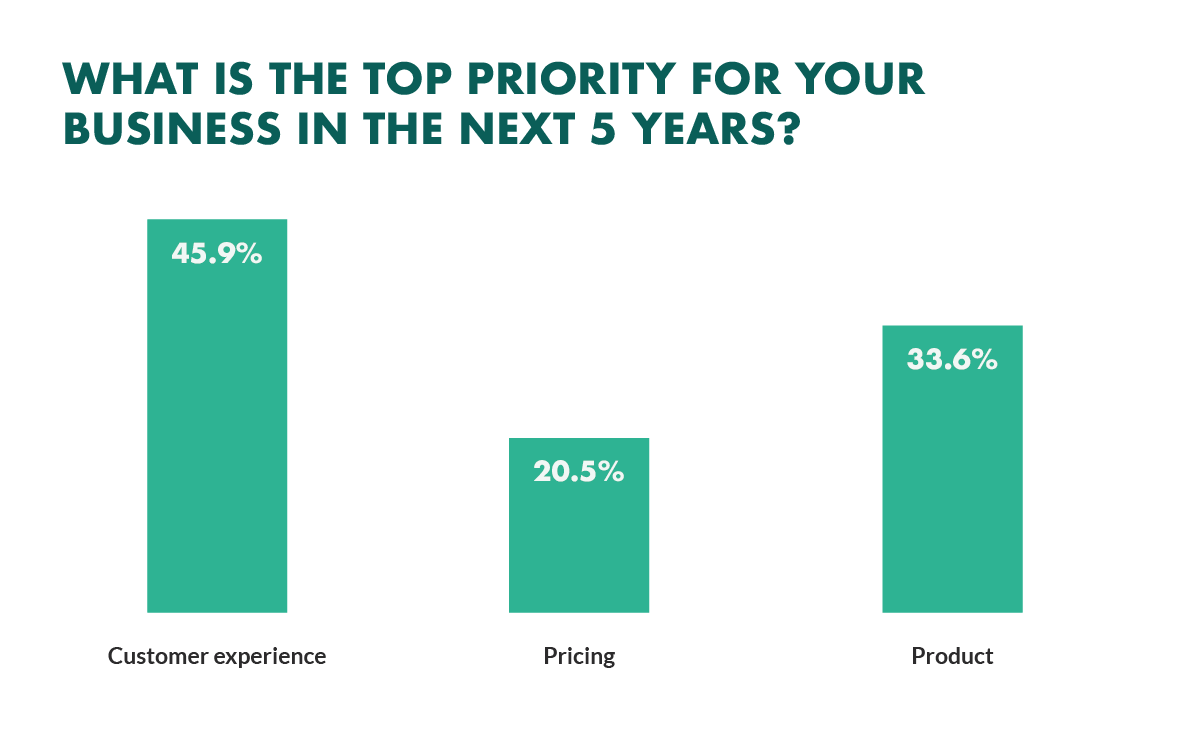
It’s no surprise that CX is the number one priority. —Source: superoffice.com
By its very nature, guided selling helps retailers provide those helpful, personalised experiences that customers crave.
It works to understand shoppers’ needs, make sense of those needs relative to available products and inventory, recommend specific products to meet those needs, and finally provide information and support to help the shopper feel confident about the purchase.
The Evolution of Guided Selling
Guided selling in ecommerce is nothing new. However, as ecommerce itself has evolved over the years to place ever more emphasis on customer experience, so too has guided selling and the tools retailers use to achieve it.

Clearly, customers are driving the need for guided selling. —Source: brillio.com
As reported in Gartner’s Advanced Customer Service and Virtual Guided Selling Technologies to Improve the Digital Commerce Experience Insight Report, today — and especially in light of the uncertainty ahead as imposed by the COVID-19 pandemic — retailers are not only being forced to shift ever more of their focus towards ecommerce, in doing so, they must replicate the intimate, personalised experience of in-store shopping online.
“As the pandemic forces economies through cycles of opening and closing, marketers need to carefully consider the role that virtual guided selling technologies and digital customer service channels will play over the next six to twelve months,” says Gartner. “Despite a challenging environment across industries, marketers have the opportunity to differentiate their brands with emerging virtual customer service capabilities that provide real-time, contextualised experiences to increase consumer confidence in online shopping. Marketing leaders must prioritise features on the brand site that foster discovery, exploration and browsing to mimic in-store shopping.”
Importantly, to keep pace with the evolution of guided selling, ecommerce websites must break free from the traditional. Historically, most ecommerce sites have followed a similar pattern — a home page, product pages, category pages, a search bar and navigation menus.
Some sites improve upon this process by adding features such as predictive search or by creating subject-specific categories like “gift ideas” or “winter footwear”, for example. However, these sites still ultimately rely on the customer finding the products themselves using the search and filter tools available.
For true guided selling, however, ecommerce sites need to mimic the support of an in-store assistant who, instead of allowing the customer to aimlessly wander the endless aisles, personally helps the customer find the right product based on who it is for, how they want to use it, what their budget is, and a number of other factors.
To do so, as Ometria eloquently explains in a recent blog post ‘4 Spectacular Guided Selling Examples’, the site must gently glean information from the shopper to learn preferences and requirements “on a journey of discovery and intrigue”.
The post gives the example of Google’s Android OS phone finder, which guides buyers through a complicated product range of 65+ Android smartphones.
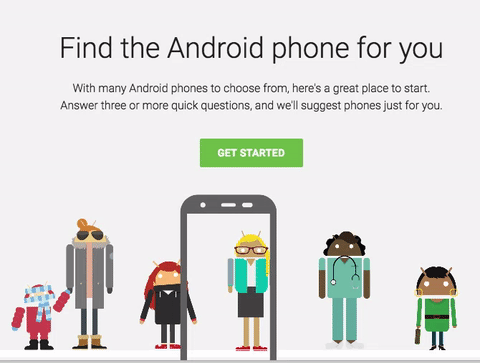
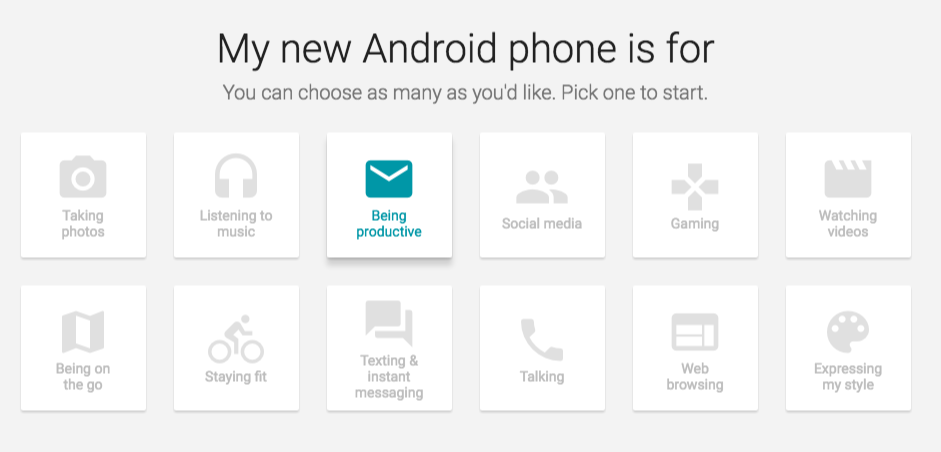
Guided Selling Example: Google’s Android OS phone finder —Source: ometria.com
The simple process helps shoppers narrow down their choices by key product features, how they intend to use the phone, and what their budget is — ultimately providing a short-list of recommendations based on this information.
Similarly, Sephora delivers personalised beauty product recommendations by asking customers to create a “Beauty Profile” by answering a simple questionnaire.
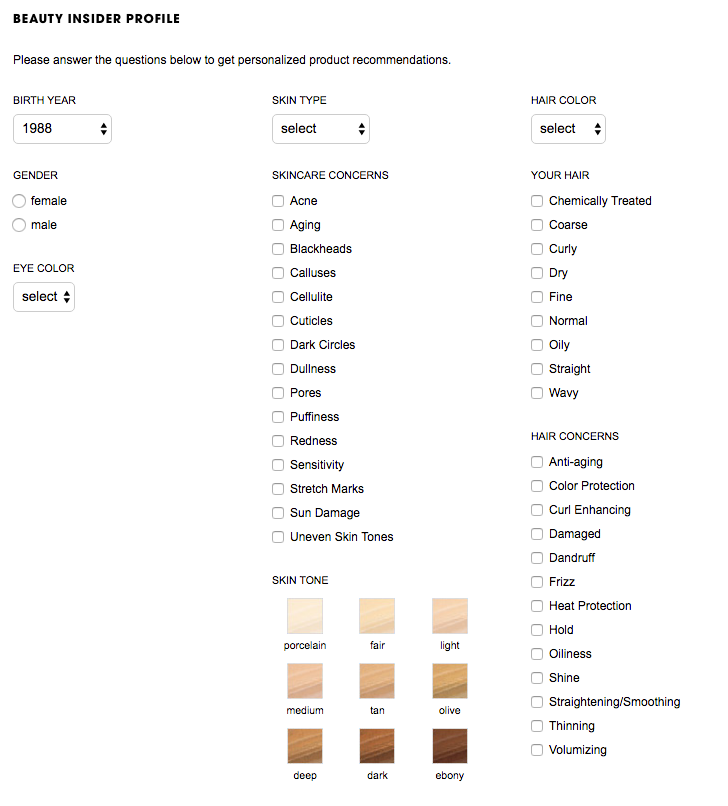
Guided Selling Example: Sephora’s beauty insider profile —Source: ometria.com
Data-Driven Guided Selling
The power of guided selling ecommerce tools is that they not only help customers make relatively complex buying decisions, but make the very experience of shopping online interactive and even fun. The result is heightened personalised experiences and recommendations for shoppers — giving them confidence to buy — while retailers can take the opportunity to collect customer data to target those shoppers based on their wants, needs and preferences in the future.
According to a recent survey from Gartner, nearly 51% of sales organisations have already deployed or plan to deploy such data-driven algorithmic guided selling tools in the next five years.
“Although it is a newer, more complex sales technology, algorithmic-guided selling has tremendous potential,” says Tad Travis, Research VP at Gartner. “Compared to other technologies in the survey, algorithmic-guided selling stands out as one of the most sophisticated and complex sales execution technologies to improve sales productivity.”
However, Gartner cautions that despite their potential, the effectiveness of guided selling tools rely heavily on the data they draw upon to produce recommendations. “A sales organisation with inaccurate or missing sales data will probably not see the same value in this technology as one that ensures data quality prior to launch,” says Travis.
Gartner recommends retailers take the following actions before implementing a guided selling solution:
- Identify points in the sales process where automation would have the greatest impact to augment seller judgment or automate manual operations
- Implement strict data hygiene principles prior to launch to ensure accurate recommendations
- Prepare underlying content for integration so that it is available for algorithmic-guided recommendations
Guided Selling Success with metasfresh ERP
As Gartner highlights, guided selling success will only be achieved when data is clean, up-to-date, and accurate. While a guided selling solution will enable you to tailor ecommerce recommendations based on shopper preferences, to provide customers with outstanding experiences, your ecommerce system must be equipped with real-time product information, accurate pricing, product availability and shipping data.
As such, robust integration with a modern ERP solution like metasfresh is imperative. A key aspect of metasfresh is that it serves as a centralised business information system — a single source of truth for all business data. This includes inventory information, pricing information, product data, category data, customer data and order data.
This data is crucial for guided selling solutions to ensure that the content and information displayed is updated in real-time and that recommendations are personalised, in-stock, and available.
With metasfresh, retailers can merge the art and creativity of guided selling with the science and data needed to make it a success. Only this way can you deliver the superlative ecommerce guided selling customer experiences today’s consumers are looking for.
Talk to us here at metasfresh. metasfresh is a member of the Ecommerce and Cross-Channel Club Cologne (ECC Club Köln), which is managed by the Institute for Retail Research Cologne (Institut für Handelsforschung, IFH Köln). The Institute offers individual research projects with strategic consulting. It specialises in the areas of inter-company comparisons as a controlling instrument, enabling retail companies to recognise market developments, measure changes in customer behaviour, optimise sales and set the course for a successful future. The insights and knowledge provided by the Institute through market research and studies relating to cross-channel and online retail are incorporated in the development of metasfresh, meaning all of our users are always up to date on the latest ecommerce developments.
At metasfresh, our mission is to enable each and every company to access a powerful ERP system that supports digital transformation and fuels corporate growth. Get in touch today for more information and insights.
Share this Post



